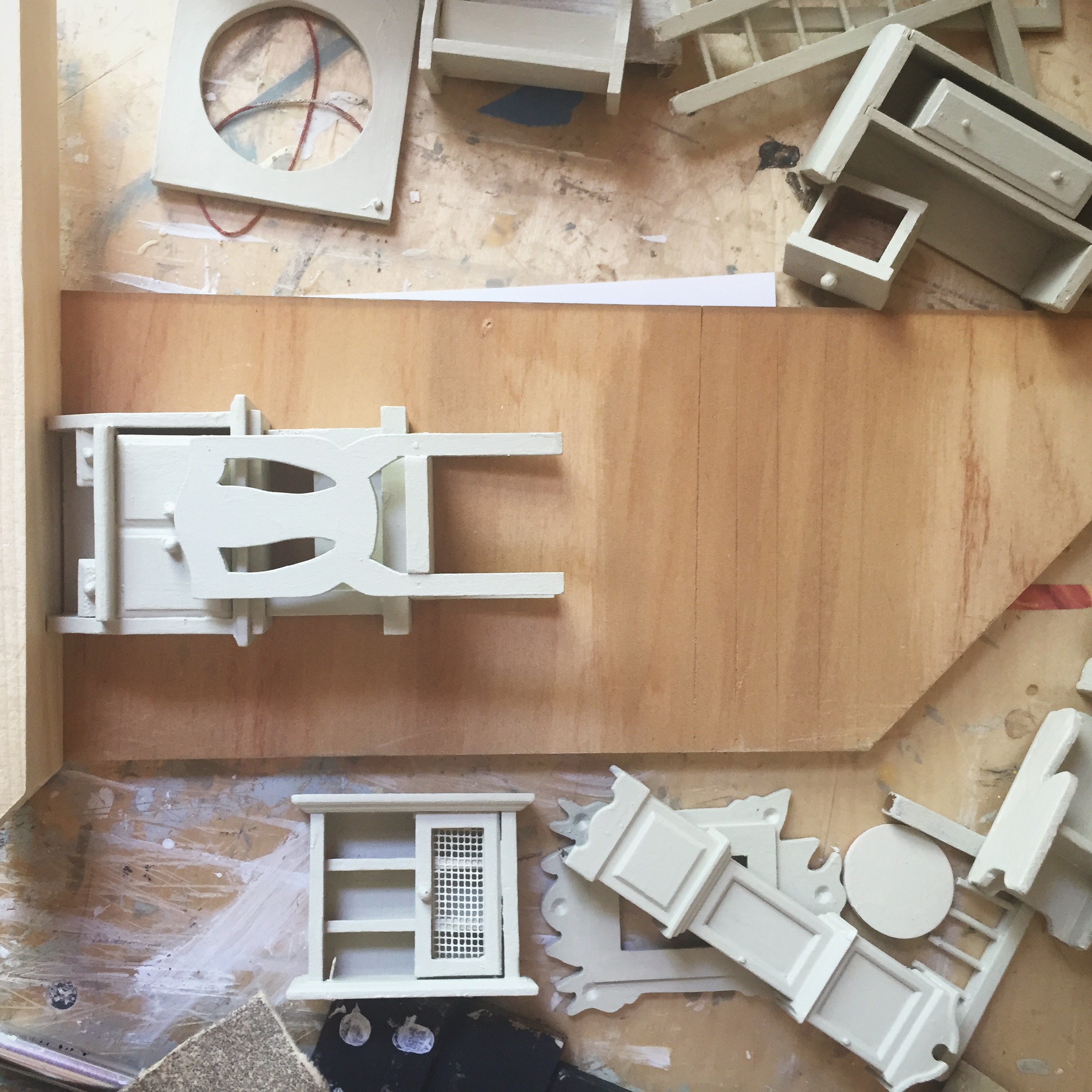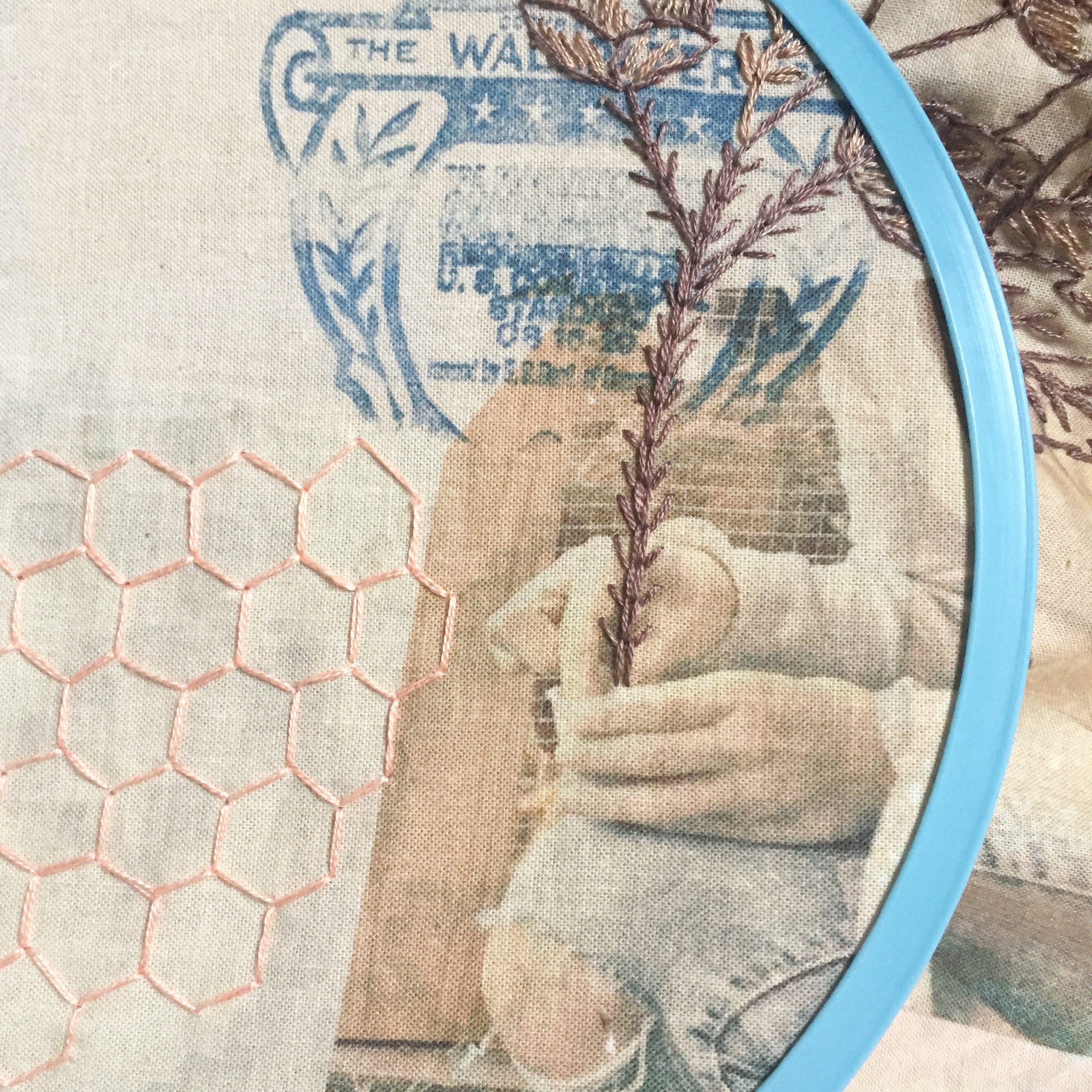Surfacing: Beyond the Narrative
Surfacing: Beyond the Narrative featuring core artists Chelsea Revelle and Kathline Carr opens Wednesday, February 28th. There will be a opening reception on Friday, March 9th from 6-8PM. In addition, there will be an Artists Talk and Beer Tasting with RiverWalk Brewing Co. on Saturday, March 24th from 6-8PM. In this post the artists talk about how the exhibition theme relates to their work.
Kathline Carr
For me “surfacing” suggests what is emerging from the picture plane, the materiality and nonverbal language of a visual story. I am mesmerized by paintings: Frankenthaler’s scintillating color, Lanyon’s blue morass, Per Kirkeby’s crazed line, Kiefer’s dense chalky heft. In nature, also, I am knocked out by the light in water, the smooth angularity of rock, the trajectory of birds in flight. In my own studio, the surfaces of the paintings hold memories of visions, puzzle pieces, a bit of blue sky; they contain the walk I took yesterday, and the drive on the Mohawk Trail, the mountain in my dream that I drive up until my car flips over backward. These things are submerged in abstraction, beyond the reach of verbal language: an embracement of physical process.
Chelsea Revelle
The title of the exhibition is relevant to my work in both the physical context of manipulating the surface of my pieces as well as metaphorically as if an idea or story is emerging. Working with dollhouse furniture and related elements carries a residue of narrative – these are objects that a young person once played with by acting out life events, often associated with domestic tasks. Here I’m setting the stage for the viewer to insert their own context, history and imagination into the work. Various surfaces are then assembled, like childhood building blocks, that may have traces of peeling wallpaper or scratched paint – marks that are often taken for granted but reveal an excavation of memories. Cropped and hidden images of female figures hide or blend in with the surroundings, a wallflower of sorts, bringing to light a sense of seclusion.
In my embroidery work, I also juxtapose found images with photographs of dollhouse interiors and overlaid vintage wallpaper patterns. The surfaces are delicately pierced for hours. In the 19th century, embroidery was a means to sequester women to the home and limit intellectual pursuits. However, hours spent doing mundane tasks proved to bring women to madness. On the contrary, if they stepped out of their role as dutiful home dweller, husbands were able to commit them to asylums. Although not initially insane, the treatments caused some women to think otherwise. The novel “Surfacing” by Margaret Atwood introduces an episode of female hysteria and psychosis that is often associated with the ways women are marginalized. I like to think that the ideas I’m exploring bring such issues to the ‘surface’ for the viewer to re-examine and question those expectations and limitations that may continue to exist in the present.






